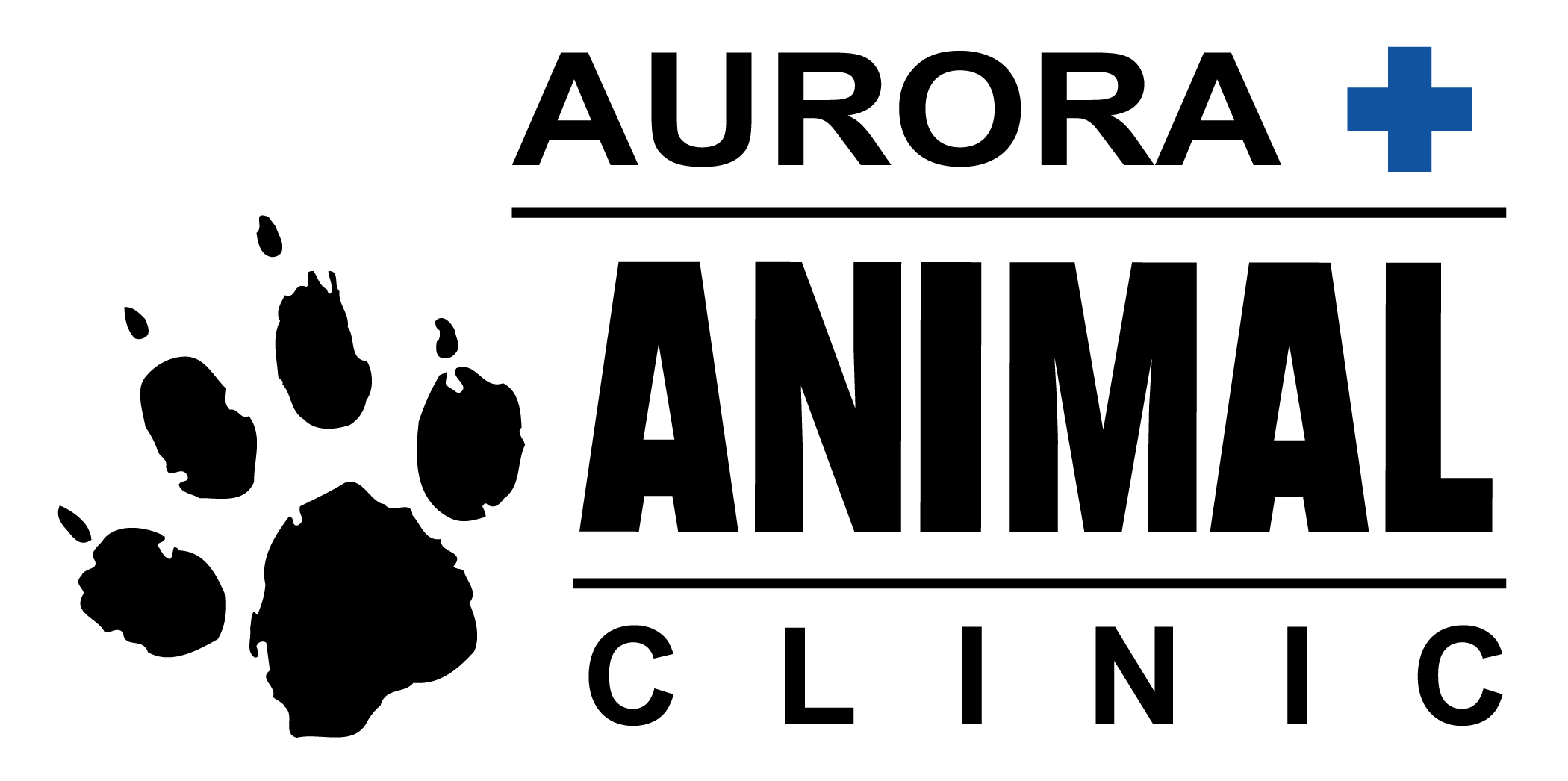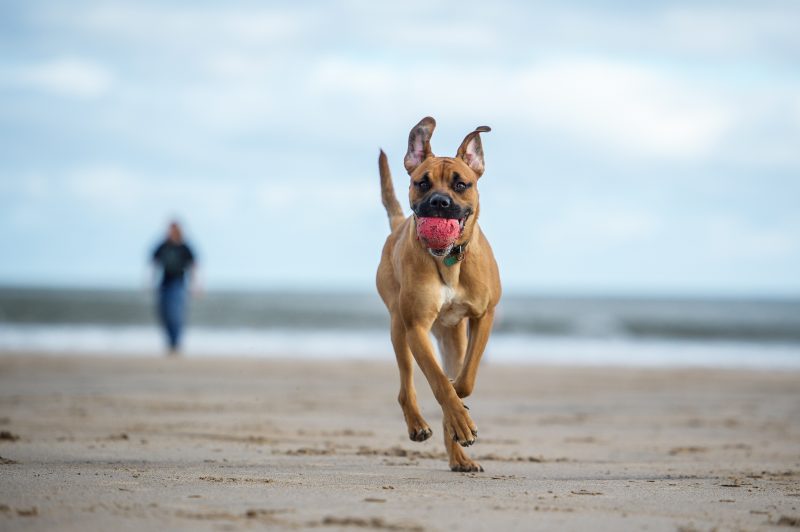The joint of the knee is a union of three separate bones: the femur, tibia and patella. The femur is the long bone that connects to the pelvis.
The tibia is one of the long bones that connects at the knee and foot. The patella is the kneecap. Two important ligaments, called the cruciate ligaments, connect the femur to the tibia, in a crossing pattern. The ligaments stop the long bones from moving front to back or side to side. The creates the stifle joint.
Cruciate injuries are one of the most common causes of hind leg lameness in our large dog patients. The ligaments can be either partially torn or fully ruptured. These injuries happen most commonly when a quick jerking motion is made with the joint, i.e., slipping on slippery floor/ice, changing directions while running, tripping on stairs, etc. This injury is also VERY COMMON in overweight pets. This injury can occur in older dogs as the ligament can degrade over time. This is one of the many reasons we recommend starting our large breed pets on joint supplements from an early age.
The characteristic presentation of a cruciate injury is a large dog that suddenly comes up “toe touching” lame on a hind leg. In some instances, there will be swelling over the knee joint but either way, they are significantly painful. Your veterinarian will look for a “drawer sign” which is a looseness in the joint that allows the two bones to be moved front to back. The leg is then x-rayed to ensure that there are no other pathologies (i.e. fractures, infections, cartilage issues, arthritis) and to assess the angle that the knee is currently functioning at.
Surgical repair is generally the recommended course of action for a ruptured cruciate, especially in a large breed dog. There are three different techniques that can be used to repair these injuries: TPLO, TTA and “Ex-Cap”. The veterinarian or veterinary surgeon would decide which option would be the most successful on a case by case basis after evaluating the patient. If surgery is not an option for the patient, they need to be treated with strict rest and pain medications. The concern with non-surgical recovery is the dog is very likely to develop serious arthritis in that joint. It also increases the chance of injury to the other stifle as they are transferring the majority of their body weight to the “healthy” leg.
With proper care and rest, these dogs go on to live happy, active lives! For the best outcome, we usually recommend that these dogs stay on joint supplements and at a healthy weight!
Written by Caitlin, RVT




